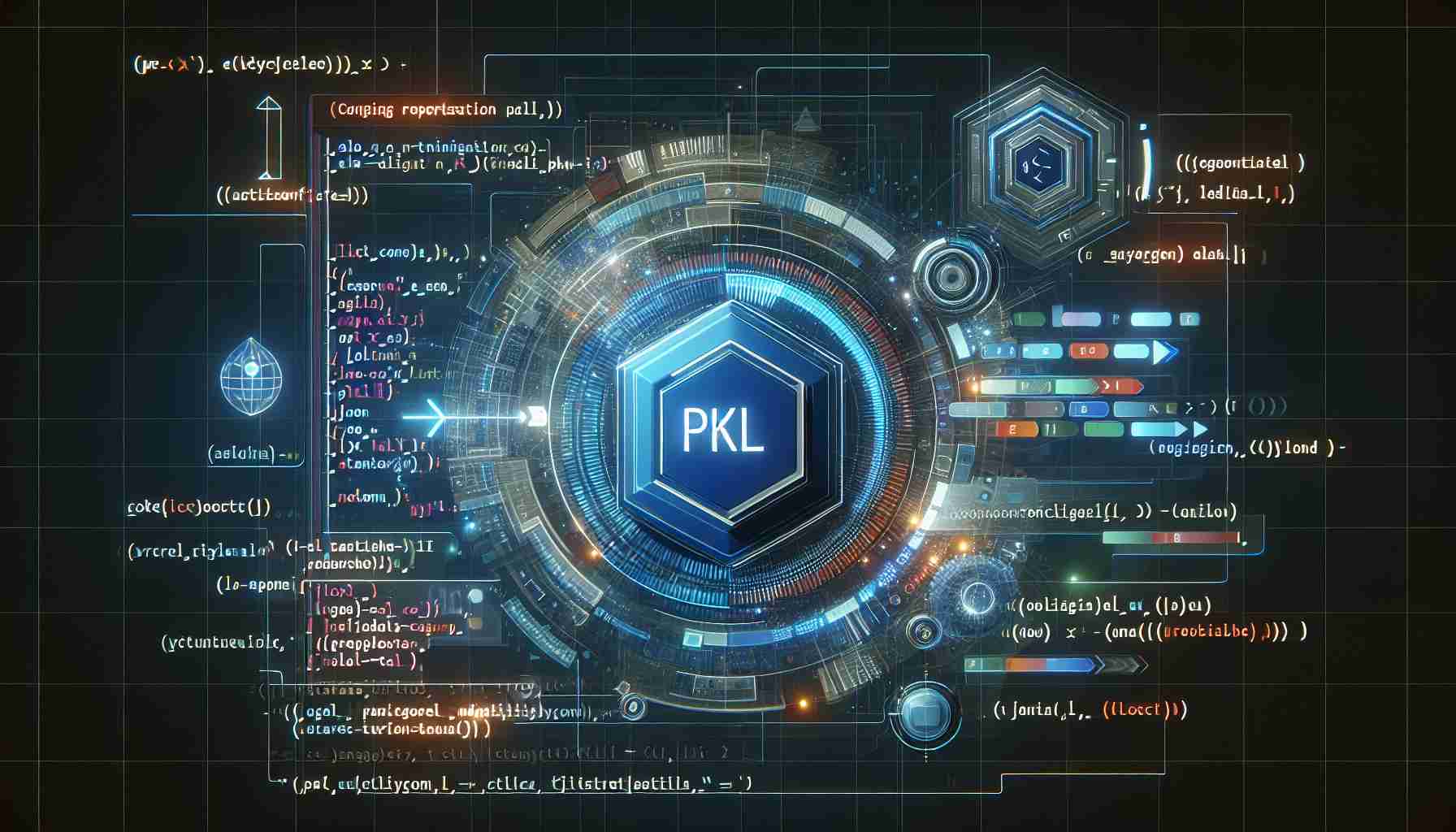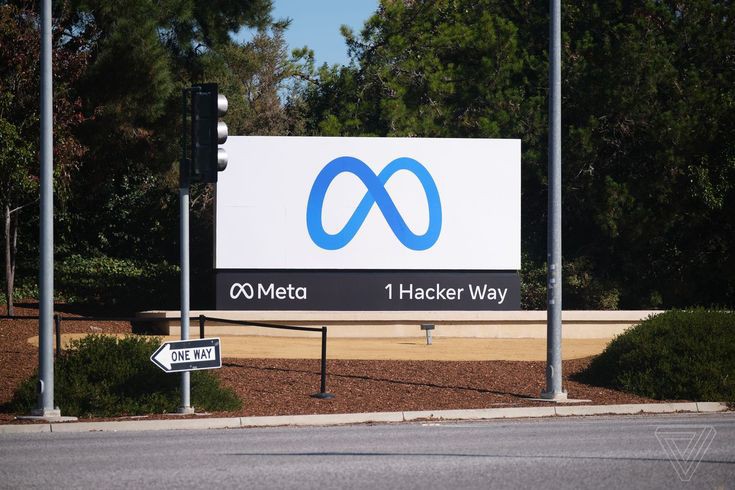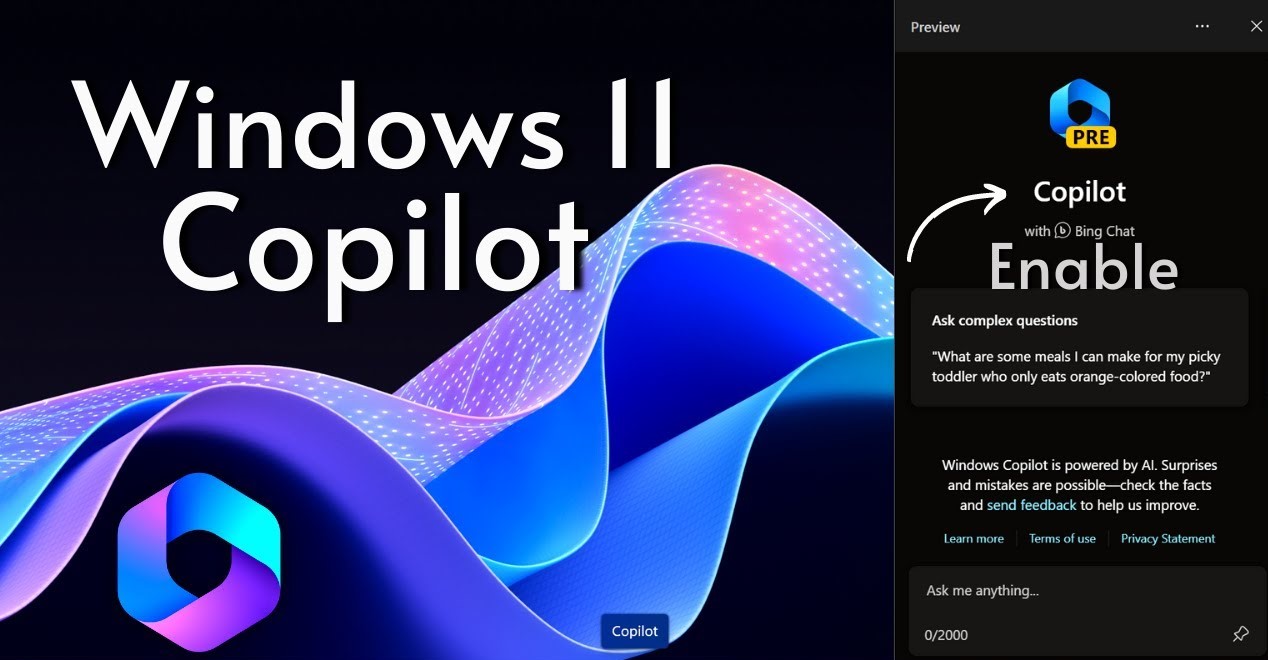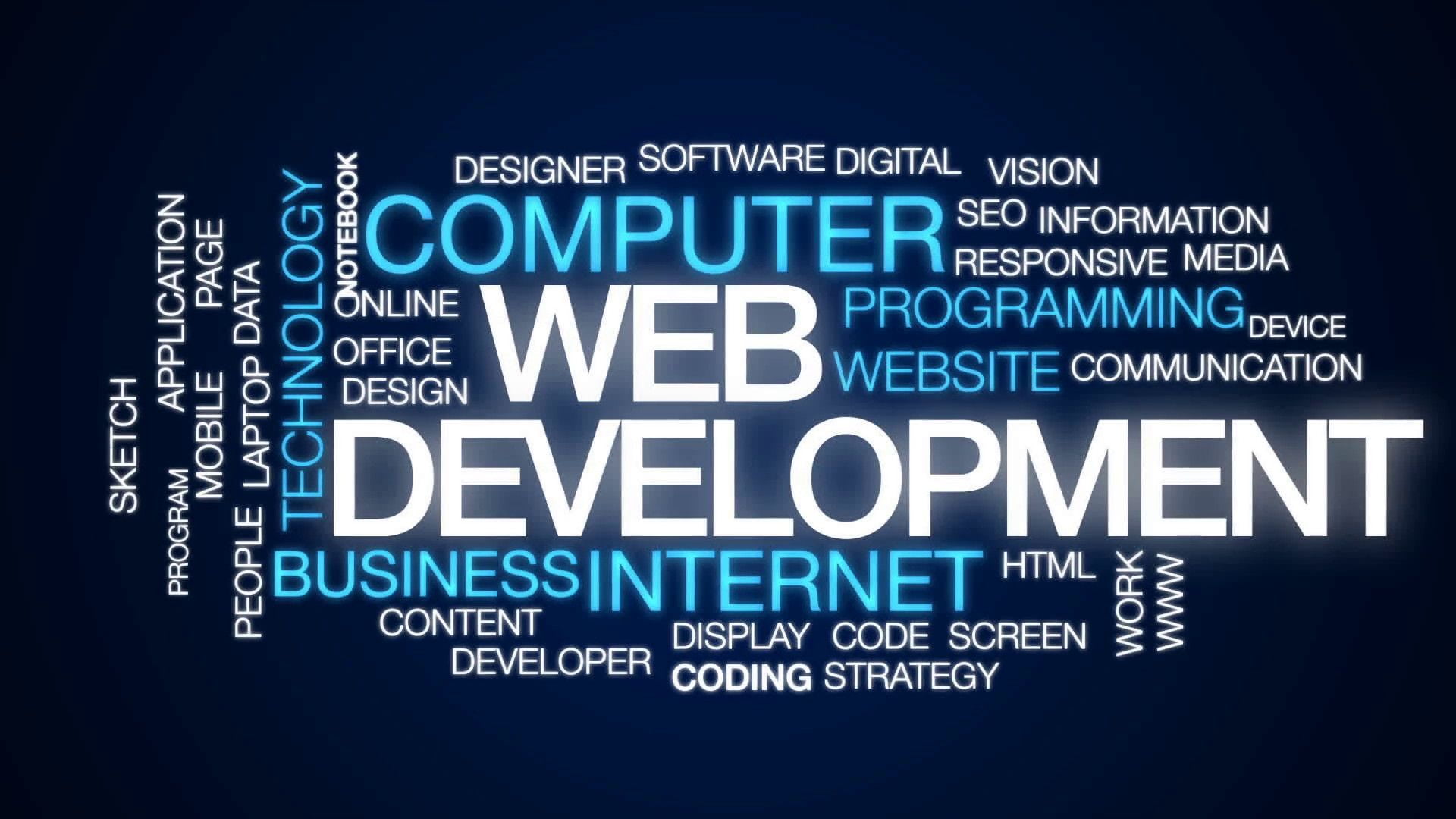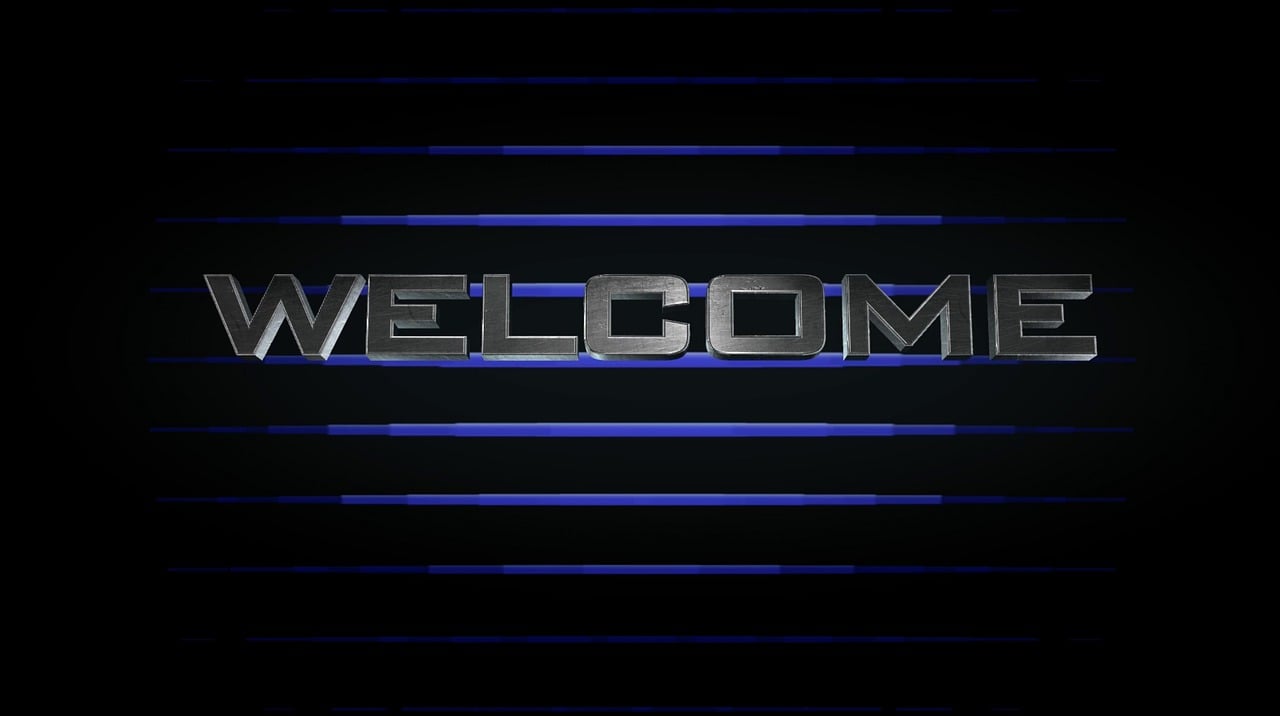Unveiling the Impact of Technology in the Israel-Hamas Conflict: A Comprehensive Analysis
By Vinius M Muthii | October 13, 2023
The ongoing conflict between Israel and Hamas is deeply rooted in a complex history of geopolitical and sociopolitical tensions dating back to the late 19th and early 20th centuries. The establishment of the State of Israel in 1948 resulted in the displacement of Palestinian Arabs, igniting a protracted dispute over land and identity. Hamas, an Islamist political organization formed in 1987 during the First Intifada, further exacerbated the conflict.
The modern battlefield has been significantly influenced by technology, which has transformed the nature of warfare, strategies, and public perception. This article delves into the impact of technology on the Israel-Hamas conflict, highlighting its implications and ethical dilemmas.

Importance of Technology in Modern Warfare
Technology has fundamentally reshaped the nature of modern warfare, influencing the strategies, tactics, and dynamics of conflicts across the globe. Moreover, it has played a crucial role in shaping public opinion and perceptions of these conflicts. Understanding the importance of technology in these two aspects can provide insights into the evolving nature of warfare and the complexities of contemporary conflicts.
1. Enhanced Military Capabilities
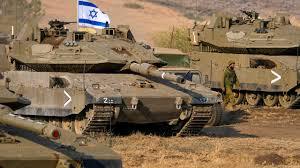
Technology has significantly enhanced military capabilities, enabling the development of advanced weapons, surveillance systems, and communication networks. Modern militaries rely on cutting-edge technologies such as drones, precision-guided munitions, cyber warfare, and advanced intelligence systems to gain strategic advantages on the battlefield.
Some of these features include:
Drones
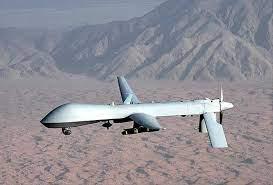
Both Israel and Hamas have utilized drones for various purposes, including intelligence gathering, surveillance, and targeted strikes. Israel's advanced drone technology has provided real-time situational awareness, enabling precise targeting of Hamas operatives and infrastructure in the Gaza Strip. Hamas has also employed drones, albeit with less sophisticated capabilities, primarily for surveillance and limited offensive actions, posing a new threat to Israel's security.
Precision-Guided Munitions
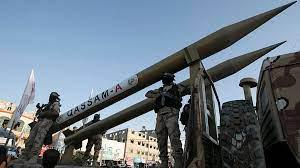
The use of precision-guided munitions by the Israeli military has enabled more accurate and targeted airstrikes, reducing collateral damage and civilian casualties to some extent. Hamas, on the other hand, has used rudimentary rockets, with limited precision, to target civilian areas in Israel, leading to significant psychological and physical damage.
Cyberattacks
Cyber warfare has become an integral part of modern conflicts, with both Israel and Hamas investing in cyber capabilities to gain a strategic edge. Israel has utilized cyber operations for intelligence gathering, preemptive strikes on hostile networks, and defensive measures to protect critical infrastructure from cyber threats. Hamas has engaged in limited cyber activities, primarily focusing on information warfare and attempts to disrupt Israeli communication and defense systems.
These practices have led to significant impacts on casualty rates and civilian safety. Precision-guided munitions and advanced targeting systems have improved the accuracy of airstrikes, allowing for more precise targeting of military assets and reducing collateral damage in some instances. However, despite these advancements, civilian casualties still occur, especially in densely populated areas where civilian infrastructure is closely intertwined with military targets.
2. Media and Information Warfare
Technology has facilitated the rapid dissemination of information and the proliferation of various media platforms. This has led to the emergence of information warfare, where conflicting parties use social media, online propaganda, and disinformation campaigns to shape public opinion and influence narratives in their favor.
With the advent of real-time communication technologies, conflicts are reported instantaneously, bringing the realities of war directly to the public eye. Social media platforms, live reporting, and citizen journalism have played a crucial role in shaping public opinion and influencing global responses to ongoing conflicts.
Both Israel and Hamas have utilized technology to disseminate their narratives and control the information reaching their respective populations and the global audience. Israel has employed sophisticated public relations and media management strategies, utilizing social media, official channels, and spokespersons to shape international perception and justify its military actions. Hamas has used similar tactics, employing social media, local news outlets, and propaganda campaigns to garner support among Palestinians and present its resistance efforts as a legitimate response to Israeli occupation.
Technological Dilemmas
The Israel-Hamas conflict presents several ethical dilemmas arising from the use of advanced technology, which have far-reaching implications for the conduct of warfare, the protection of civilian populations, and the preservation of human rights. Some of the prominent ethical dilemmas include:
1.Protection of Civilian Lives
On one hand, ensuring the safety of innocent people is essential for upholding basic human rights and minimizing the impact of warfare on non-combatants. On the other hand, the complex nature of the conflict and the use of advanced technology pose significant challenges to this endeavor, as both sides strive to defend their territories and populations.
2. Adherence to International Humanitarian Law
The use of advanced technology, including drones and precision-guided munitions, poses challenges to the principles of distinction, proportionality, and military necessity outlined in international humanitarian law. This law outlines rules for protecting civilians, prisoners of war, and those not taking part in the hostilities, promoting the humane treatment of all individuals affected by the conflict.
3. Transparency and Accountability
The opacity surrounding the use of advanced technology in the Israel-Hamas conflict complicates efforts to establish accountability and transparency in assessing the impact of military actions on civilian lives and infrastructure.
4. Striking a Balance Between Security and Human Rights
The ethical dilemma lies in striking a delicate balance between national security imperatives and the protection of human rights, particularly in the context of counter-terrorism measures, border security, and the preservation of territorial integrity.
In summary, the Israel-Hamas conflict has emphasized the ethical dilemmas associated with advanced technology in warfare. Prioritizing the protection of civilian lives and fostering transparency and accountability are crucial. Both parties must ensure measures to minimize harm, allow independent monitoring, and take responsibility for their actions. Addressing these challenges demands a holistic approach, incorporating open dialogue, comprehensive conflict resolution strategies, and a steadfast commitment to upholding human rights. It is imperative for the global community to learn from these challenges and work towards a more peaceful world that values responsible use of technology and prioritizes sustainable peace-building efforts.
Remember to subscribe to our newsletter and follow our social media channels below,to never miss future updates.
Never miss Technological Updates
Subscribe to our Newsletter
Join our Community
Follow us on social media to stay connected and engage with our vibrant tech community:





